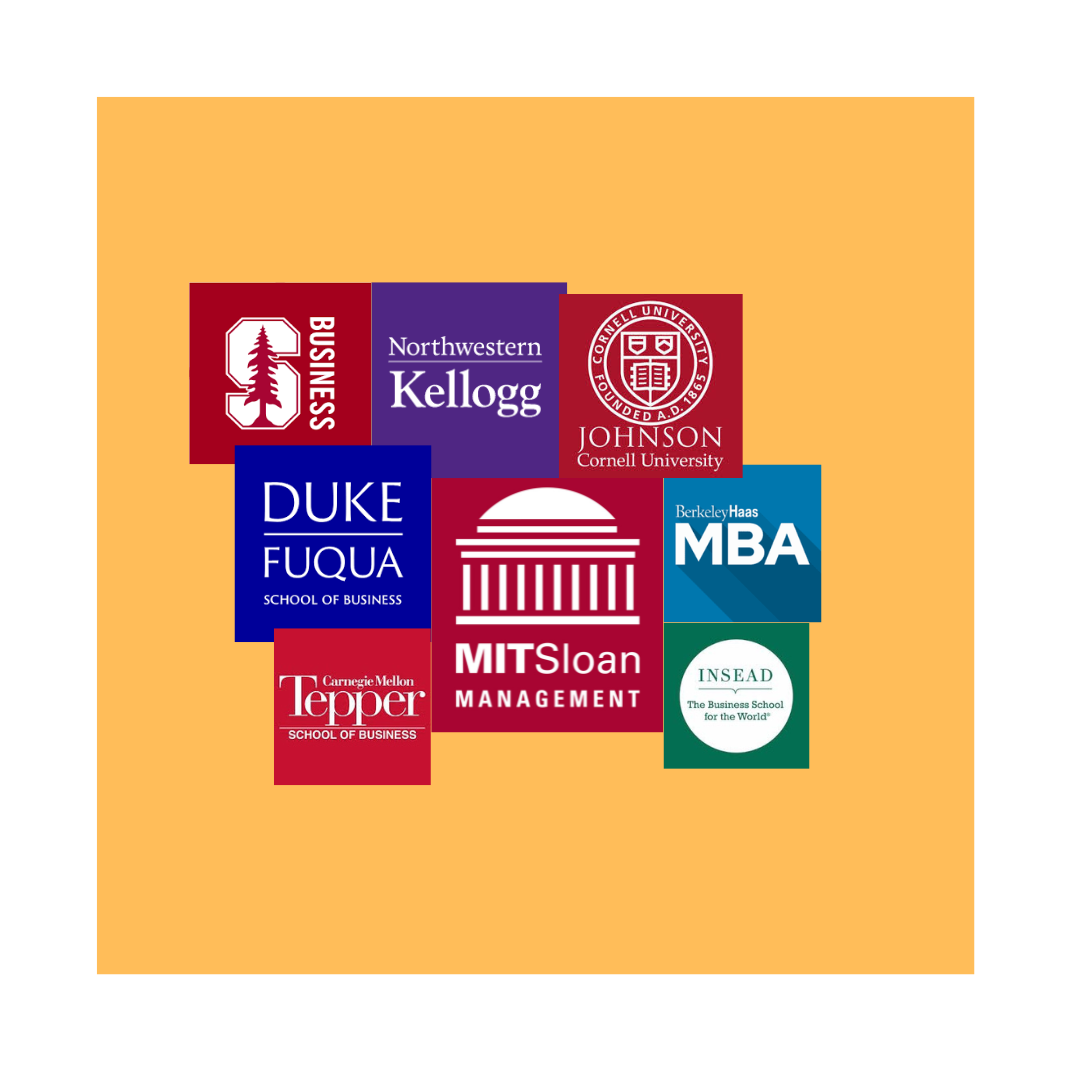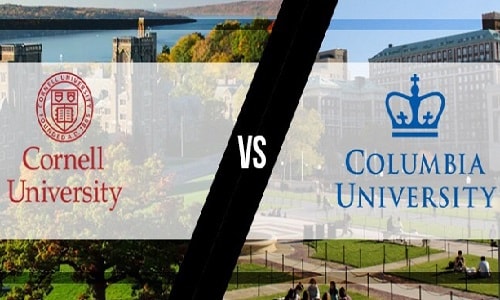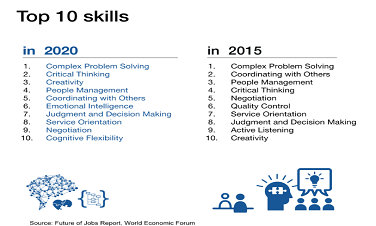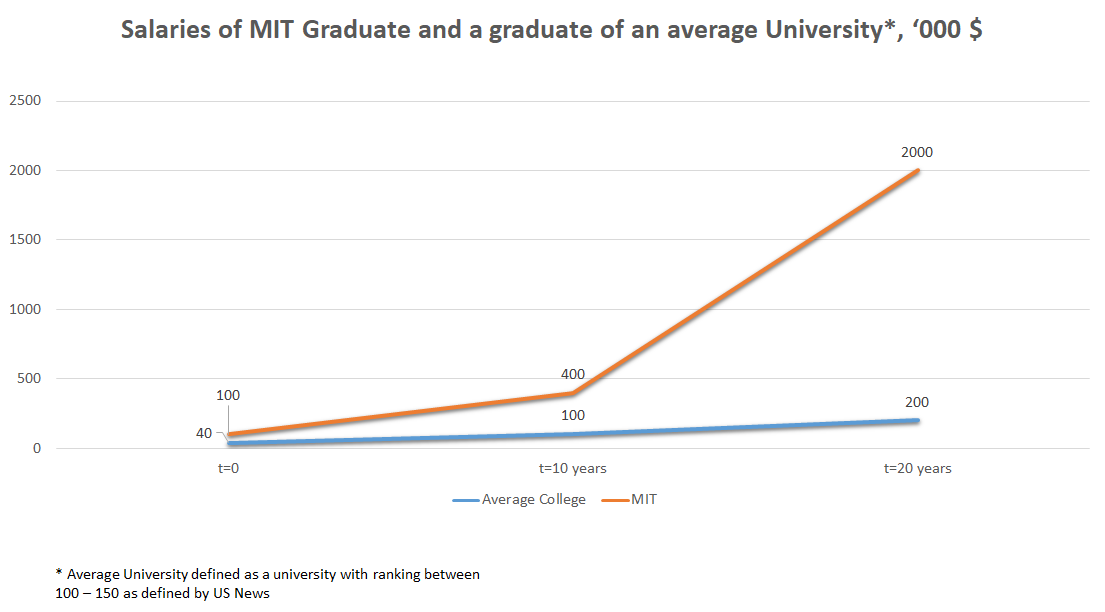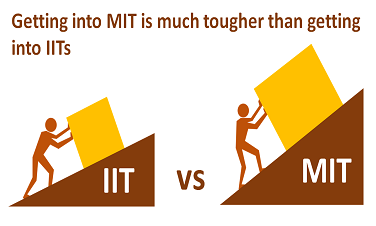Scholarship and Aid Programs for Undergraduate Study in the US
- Written by UnivAdmitHelp
- Category: Admission Application
- Published on 19 Jul 2019
Getting admission into a prestigious course or program at an Ivy League or its equivalent in the US is usually only half the challenge. More often than not, it is the financial aspect that leaves students and their families in a quandary.
Financial aid andscholarships help solve part of the problem. They are awarded on the basis of two factors: Merit, and Financial need, which are referred to as either merit-based, or need-based.
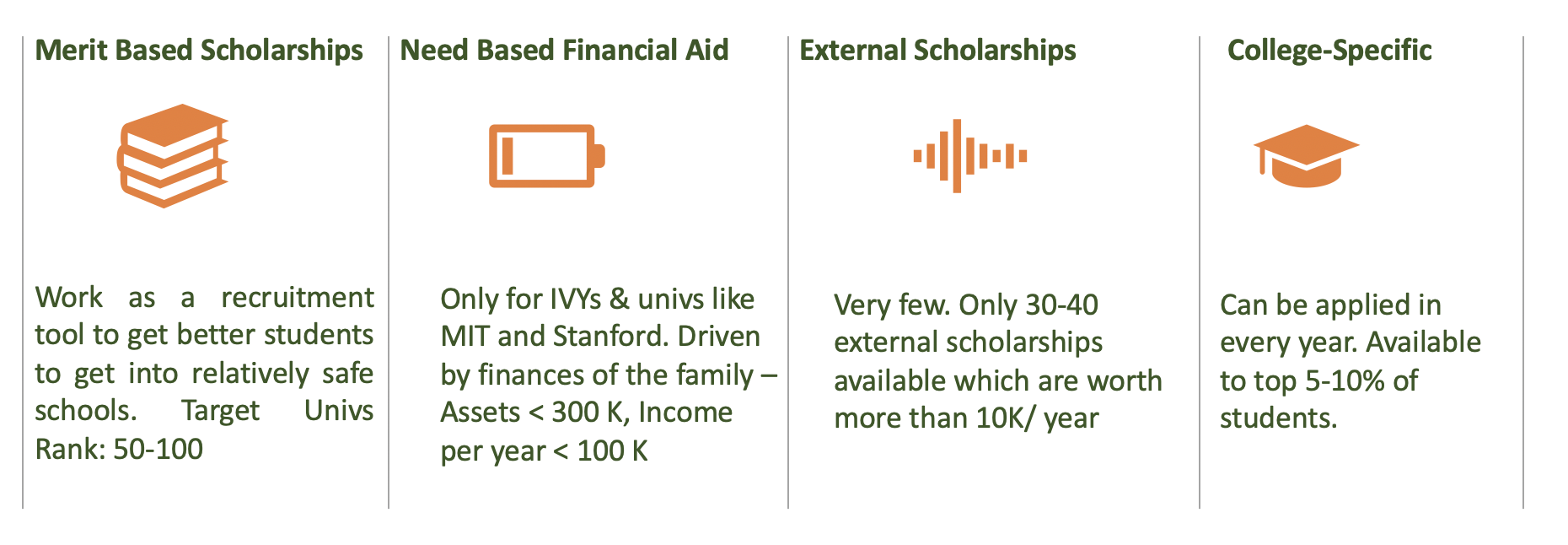
An automatic merit scholarshipis one that a college provides “automatically” based on the student meeting specific criteria, on the basis of GPA, or SAT scores. The student doesn’t need to compete to receive a scholarship. Many colleges, mostly in-state and public universities, offer automatic merit scholarships as a form of tuition discounting to attract top students. The awarded amount is usually smaller, between $500-$2000.
A merit-based scholarshipis awarded to students who are stronger (by a significant amount) than the average student in a class. Sometimes these scholarships do not need a separate application as all applicants for admission get considered for scholarship by default. In reality, they often function as some sort of recruitment tool for the college as they are great incentive for bright students to choose one college over another. On the downside, the same bright students have many options at hand, and if the scholarship does not feel suitable, they might not choose that college.
Typically, your SAT score should be over 1300 to qualify for these merit-based scholarships. A score of 1500 upwards gives a good chance for selection. Recommendations usually increase your chances of receiving a scholarship. Scholarship providers love receiving long thoughtful letters from teachers who can talk about their applicant at length.
The top 30-50 colleges in the US do not offer many merit-based scholarships. Since admission is very sought-after, they do not face any challenge in filling their seats because they are already at the top of their game. It is, in fact, the institutes that need good students to up their average who offer some of the best scholarships.
We recommend non-selective good colleges to be your target for merit-based scholarships. Typically, colleges between ranks 50 and 100 in your chosen area, where you are a better candidate than the average class are a good target.
These scholarship packages are given out with the acceptance letters. You should read them carefully and negotiate according to financial health, academic merit and other circumstances
Need-based Financial Aid awards are awarded by government or colleges in response to a family's financial circumstances after very careful consideration (the typical thresholds are 100K in income and about 300K in assets) of your financial status. Given that the assessment requires a very careful scrutiny, international students do not receive a lot of need-based stimulus unless specifically proven. Again, these aid awards are mostly used for top 30-50 colleges. For international students, the key schools are IVYs, and really selective schools like MIT and Stanford who generously award need-based scholarships. Apart from these, it is difficult to establish your financial need (in the international context) and hence generally not possible to get an aid award.
Then there is a whole world of external scholarships.
- Inlaks Scholarshipfor Indian students in the US not more than USD 100,000
- Fulbright-Nehru Fellowship offers tuition, travel, visa
- Humphrey Fellowshipoffers tuition & fees, monthly maintenance
- Stanford Reliance Dhirubhai Fellowshipcovers tuition and attendance costs
- Tata Scholarship for Cornell Universityespecially for Indian students regardless of financial circumstances
A college specific scholarshipis one that is offered by a specific college to its students.
While applying for admission, the scholarship application typically requires an extra application, essay, and interviews. These scholarships tend to be more than $10,000 per year and are awarded typically to the top 5-10% of the school.
E.g: Weissman Scholarship at Babson – requirement a personal statement like essayand is usually due on Feb 1.
These scholarships are also available to students throughout their stay at the school. It means that you can continue to apply to them even after your admission and with persistence and superlative academic effort have a better chance of reducing the cost of your studies.
External scholarshipsare available quite extensively. Unfortunately, they cover barely a fraction of the real costs incurred while studying. Put together, the scholarships awarded amount to a good USD 14-20 Billion. However, compared to federal and college scholarships (approximately USD 200 billion), these are miniscule.
Most scholarships have limitations and specialized requirements. They are firstly, hard to find. They are often localized and involve small dollar amounts: over 80% of the awards cover less than 2000$/year.
National Merit Scholar
The National Merit®Scholarship Programis an academic competition for recognition and scholarships that began in 1955. High school students enter the National Merit Program by taking the Preliminary SAT/National Merit Scholarship Qualifying Test (PSAT/NMSQT®)—which serves as an initial screen of approximately 1.6 million entrants each year—and by meeting published program entry and participation requirements.
Work-study: Financial aid award could include work-study money. You are eligible to apply for work-study (it does not impact your FAFSA, i.e. your financial aid). (Max award - 4000 $; geared towards lower income students)
Strategy
In light of this information, if finances are the most important consideration for you, and you do not have access to need-based financial aid, the surest way forward is to focus on merit-based scholarships. If you can improve the quality of your application, and have scope for better scores, you have a shot at merit-based scholarships. Add some “safety schools” to your list where you have a chance of a merit scholarship.
If, on the other hand, you are an exemplary applicant but are financially constrained and gunning for the best colleges, then you should gun for need-based financial awards. If you are able to get into one of these top colleges, then surely you will be able to land a need-based financial award.
Next in line would be to focus on applying for external scholarships after January. Most scholarship providers look for confirmation of admission. Some of them also supplement the gap between the aid offered by federal funding and the actual financial need. Around 30-40 of them have awards above $10,000 over 4 years. And no localized restrictions! In short, no matter where you are going to go, you can still seek more assistance from external scholarships. E.g. Coca Cola Scholars, Nordstrom Scholars, Tata Scholarships, etc.
At the same time, irrespective of your college, you can continue to apply for various college specific scholarship (application process starts typically towards the end of the second semester of every year). And if you are a top student, you have a good chance of getting a scholarship.




